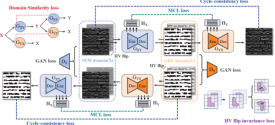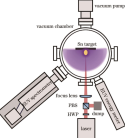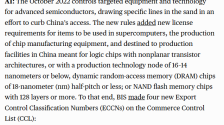Orders are expected to increase by 300%, and the construction of the second phase of wafer line will be promoted
On February 8 , Longteng Semiconductor issued a statement saying that the company 's power semiconductor orders will increase threefold this year, and the construction of the second phase of the 8-inch production line is being accelerated.
In an interview, Chen Qiaoliang, executive president of Longteng Semiconductor, said that the company is making every effort to accelerate the construction of the second phase wafer production line for the 8- inch power semiconductor device manufacturing project, which will fill the gap in this field in Shaanxi Province.
Longteng Semiconductor will continue to deepen its transformation and upgrading, comprehensively covering the research and development, design, materials, wafer manufacturing, IGBT module packaging lines, as well as market expansion and application promotion of power semiconductors, aiming to achieve deep integration and coordinated development of the entire industry chain.
In terms of orders, during the Spring Festival, Longteng Semiconductor's production lines maintained 24- hour uninterrupted operation to fully meet market demand. Qiu Songjie, general manager of the company's manufacturing division, said that the production tasks in the first quarter have been close to saturation, and orders are currently scheduled for six months later. It is expected to increase by more than 2 times year-on-year, and the annual year-on-year growth is expected to reach more than 300% .
On February 8 , Longteng Semiconductor issued a statement saying that the company 's power semiconductor orders will increase threefold this year, and the construction of the second phase of the 8-inch production line is being accelerated.
In an interview, Chen Qiaoliang, executive president of Longteng Semiconductor, said that the company is making every effort to accelerate the construction of the second phase wafer production line for the 8- inch power semiconductor device manufacturing project, which will fill the gap in this field in Shaanxi Province.
Longteng Semiconductor will continue to deepen its transformation and upgrading, comprehensively covering the research and development, design, materials, wafer manufacturing, IGBT module packaging lines, as well as market expansion and application promotion of power semiconductors, aiming to achieve deep integration and coordinated development of the entire industry chain.
In terms of orders, during the Spring Festival, Longteng Semiconductor's production lines maintained 24- hour uninterrupted operation to fully meet market demand. Qiu Songjie, general manager of the company's manufacturing division, said that the production tasks in the first quarter have been close to saturation, and orders are currently scheduled for six months later. It is expected to increase by more than 2 times year-on-year, and the annual year-on-year growth is expected to reach more than 300% .



